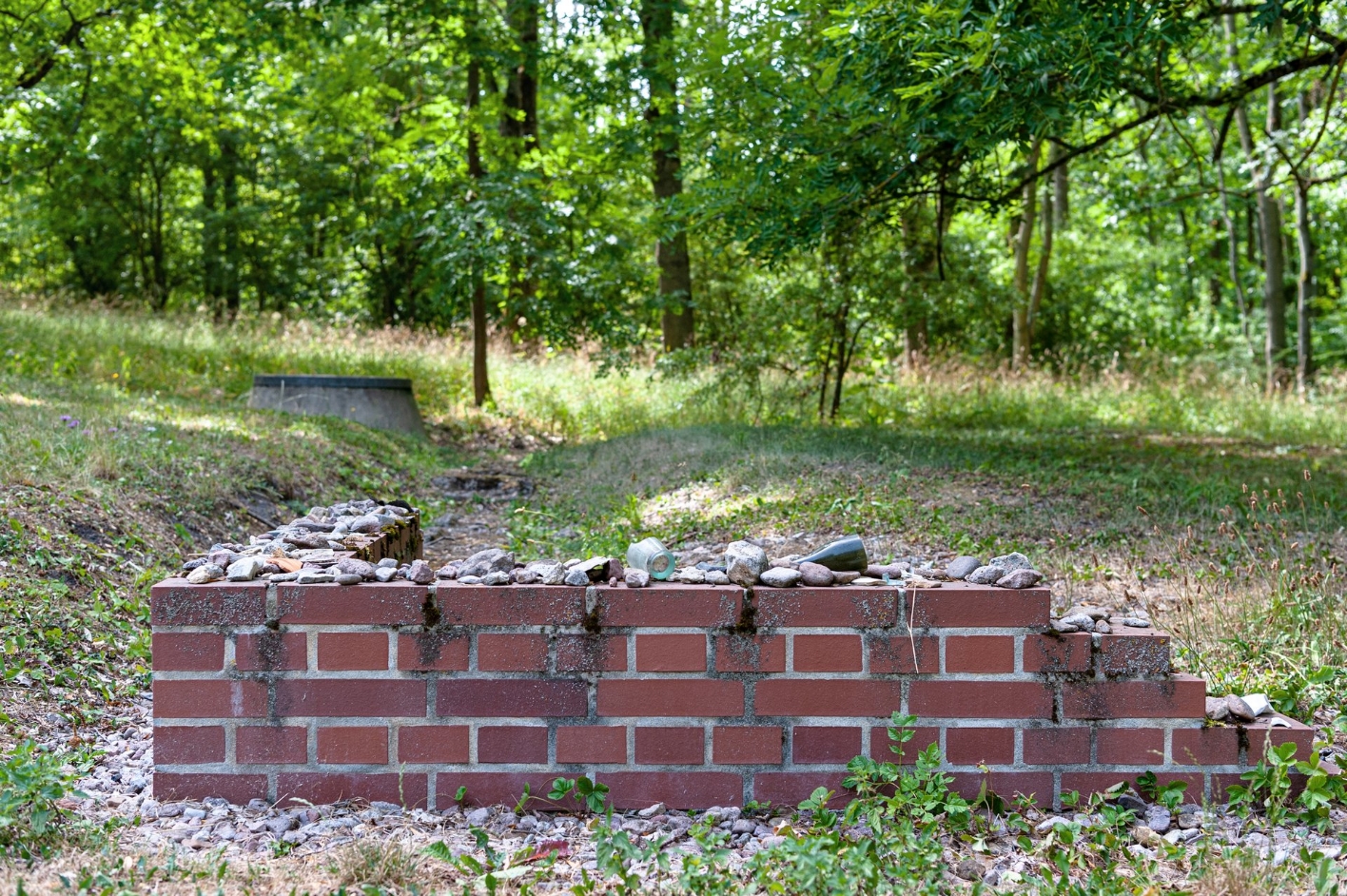
©Buchenwald Memorial


During the last years of the war, the number of young people and children at Buchenwald increased. Particularly many Jewish boys came to Buchenwald as part of the evacuation transports from Auschwitz and Groß-Rosen in early 1945. In order to give them a chance of survival, prisoner functionaries and Jewish inmates set up a second children's block in Barracks 66. The first had existed since summer 1943 in Block 8, which housed Polish, Ukrainian, and Russian boys and later also Jewish, Sinti, and Roma youth. Block 66 primarily housed Jewish boys from Hungary and Poland. Many of them were orphans.
For them, the block served as a space, in which they were protected from random violence, abuse, and heavy forced labour. Prisoner functionaries and the Czech communist Antonín Kalinna took care of the boys, procuring them additional food, clothing, and heating material. When the camp was liberated, there were 904 children and youth at Buchenwald. Most of them had survived in the children's block.

